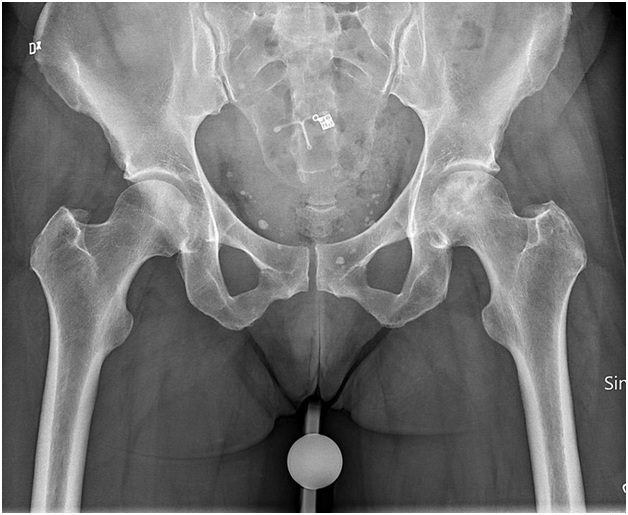Many women experience issues with their pelvic floor, but many don’t report these to their physicians right away. The medical problems may vary, but it’s still better to receive early treatments and interventions to prevent them from worsening over time.
Some of the issues in the pelvis may include damage to the musculature of the pelvic floor, bowels, uterine problems, and bladder incontinence. Your physician may need to know more about your medical history, conduct laboratory tests, and do physical exams to learn more about your condition. You can know more on female health in the link provided. Also, see other treatments like therapies that you can do to reduce pain and maximize comfort.
Treatments may vary, including CO2 laser treatments, surgeries, medications, or physical therapy. If you need to know more, you can read articles, books, or see a doctor so you can better address your condition. But first, it’s essential to know about the pelvic floor and its functions in the body. If you search for pictures of the pelvis, you’ll know that it comprises of intricately connected muscles that incorporate various organs. It assists in posture, bowel control, childbirth, and sexual functions.
You might hear it being contracted in Pilates or yoga classes, but many women are unsure what the pelvic floor really is. This is why it’s essential to go to a clinic and see an expert to determine the pelvic floor location through x-rays and know if there’s something wrong with it. Your doctor may recommend physical therapy and other treatments to help you get relief. Some of the common symptoms to watch out for are the following:
1. Frequent Urination
Many adults make an average of five to eight trips every day to the bathroom. However, if you notice that you need to go once every two hours and you’re rushing to avoid accidents, you might be dealing with an overactive bladder. Learn more causes of frequent urination on this site here.
This happens when the muscular fibers may randomly create a “must-go” feeling, or the contraction is too frequent. More robust pelvic floors may provide you a reflex that’s considered quiet and reduce the urgency to go.
2. Urinary Incontinence
You may be finding a small leak when you laugh, sneeze, cough, or jump on the trampoline. If this is the case, it may be because of the stress of urinary incontinence where the activities strain your bladder. This is involuntary and may affect millions of women around the world. This occurs when the muscles in the pelvis that support the urethra and bladder are weakened or damaged. They may occur after giving birth to a baby.
3. Painful Bowel or Constipation

If you feel constipation or incomplete defecation, this may be because of a weakened pelvic floor. This may result in decreased efficiency that’s called Dyssynergic Defecation. This can manifest itself through spastic pain or constipation. You can know more about the symptoms and causes on this web address: https://www.verywellhealth.com/what-is-dyssynergic-defecation-1945192.
It may feel like the stools are not leaving the rectum. It’s worth noting that the act of defecation is a complicated sequence that involves relaxation and contraction of the pelvic muscles, so it’s best to see a physician for this.
4. Painful Sensations During Intercourse
The pelvic muscles are involved in almost all of one’s daily activities. They are essential in efficient and good posture as well as coordinated movements. However, when injured or damaged, they can cause pain that limits one’s coordination and flexibility. Similarly, these can affect one’s orgasm and sexual intercourse, where the muscles will tend to contract more forcefully than usual.
5. Vaginal or Uterine Prolapse
When there’s damage to the pelvic floor during childbirth, the structure inside the pelvis may protrude into the vagina, and it will sag. This is called vaginal and uterine prolapse, and this is common for many women as they age. The body’s estrogen production may decline, and it may be accompanied by the loss of the tissue’s strength and elasticity. Some may feel sensations of pressure and heaviness, and there can be noticeable bulges after lifting heavy objects or standing for more extended periods.
Some of the things that you can do to find relief can be physical therapy. This is one of the best options for patients who want to avoid surgery and seek other alternative treatments. The therapists will explain to you the treatment, and they will incorporate exercises and movement coordination to improve some of your pelvic functions.

